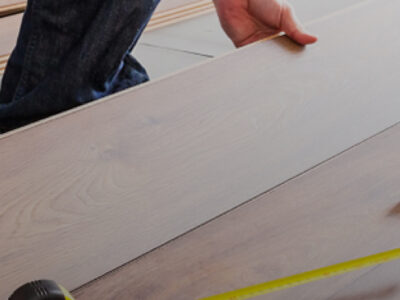
Technical Library
Insurance Claims
Our advice section is continually being updated as we develop new products for wood flooring. Here, you’ll find information on our company ethos and reasons why we are amongst the top high quality wood flooring suppliers in the U.K. This section also covers our complaints policy and general advice on fitting methods and precautions to follow when fitting certain types of screed.
It’s easy for property owners and floor fitters to get confused when it comes to whether your wood flooring is covered in your contents or buildings insurance.
At the Solid Wood Flooring company we always recommend gluing your wood floor directly to your subfloor when possible. This means that your floor is a permanent fixture and therefore, covered in your buildings insurance.
We would only suggest floating a floor in extenuating circumstances, such as acoustic issues. Should this be the case, then you would have to ensure this was included in your contents insurance, as it’s not a permanent fixture.
An insurance company could ultimately dispute a claim if you had a floated floor and tried to claim under the buildings insurance. So, always read the small print in your policy and make sure you are covered.
For example: If you had a wood floor in your house that you bought and had fitted £5,000 and it was floated (laid over an underlay); then it may not be insured if you had to make a claim as it would be the same if you tried to claim for a carpet as it’s deemed a non-permanent fixture.
Join our mailing list
Receive the latest news, offers and inspiration straight to your inbox.
